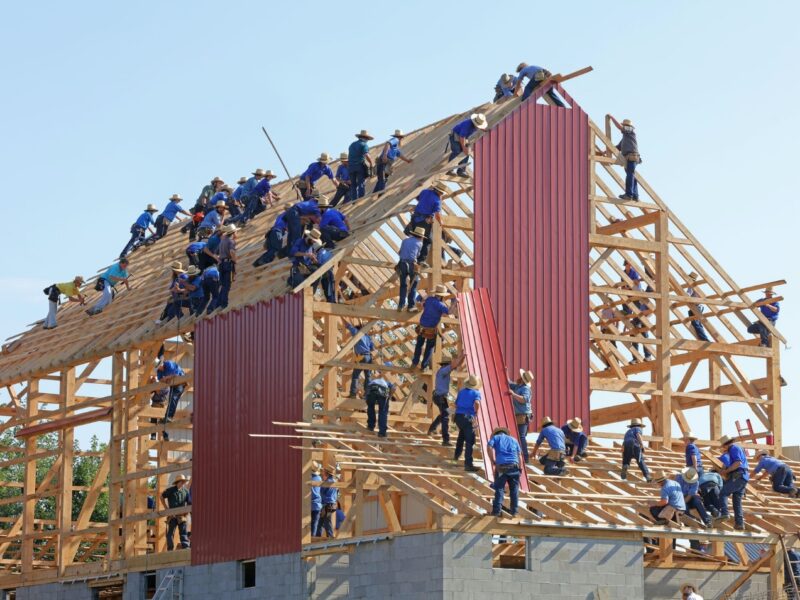The construction industry benefits from the continuous innovation in building materials and the desire of all stakeholders to find new materials and resources that are easy to use, eco-friendly, cost-efficient, and sustainable. While many of the construction materials have been around for ages, several man-made materials today are sturdier, more efficient, and long-lasting. They are infused with various features that make them aesthetically pleasing, flexible, and adaptable to different environments. The new features allow architects, interior designers, and construction companies to explore new design directions and building capabilities that were not possible years ago.
New materials for commercial construction projects
The construction market is teeming with new materials that are eco-friendly, durable, cost- and energy-efficient, and bring about aesthetic enhancements to construction projects. Here are examples of the most promising ones.
1. Polycarbonate roofing
Polycarbonate, a type of thermoplastic, was discovered in 1953 with commercial production and application in the late 1950s. Polycarbonate sheets are virtually unbreakable, and people involved in design and construction are quickly favoring the material because polycarbonate roofing sheets are tough and weather- and impact-resistant. They are versatile and flexible and provides UV protection. Polycarbonate roofing sheets are lightweight, available in various colors, easy to install and provide excellent insulation.
2. Self-healing concrete
Typically, concrete is associated with durability and strength but age and environmental factors can cause concrete to crack and crumble in places. Making concrete repairs is expensive and time-consuming. Mixing concrete with other materials such as encapsulated polymers, micro-organisms, and super-absorbent polymers helps turn concrete into a self-healing material when it comes into contact with water and oxygen.
3. Cross-laminated timber (CLT)
This is a type of engineered wood created by gluing layers of solid-sawn lumber. The layers are placed perpendicular to each other, increasing the tensile and compressive strength of the wood. CLT originated in Europe but is now used worldwide. It is considered an excellent construction material because it provides flexibility in design, high quality, and quick to produce. The inherent properties of CLT make it an excellent choice for modern skyscrapers.
4. Air-cleaning bricks
The quality of air indoors is always a concern for commercial buildings. Air-cleaning bricks are still relatively new, but they can filter incoming air to remove pollutants. These air-cleaning bricks, which come with a cyclone filtration system, are placed on the outside walls of a building together with regular bricks.
5. Strand rods
Carbon fiber makes up the strand rods used to retrofit existing buildings against earthquakes. The thermoplastic carbon fiber, called CABKOMA, was developed in Japan by Komatsu. They are also called earthquake curtains. The material is lightweight but several times stronger than steel rods. The interlining uses carbon fiber, while inorganic and synthetic fibers cover the outer layer. Then, the strands are impregnated with thermoplastic resin.
6. Cooling bricks
Cooling bricks or hydro-ceramic bricks look like standard bricks on the outside. They are made from clay and hydrogel and are meant to line the exterior of buildings. As air blows, the hydrogel absorbs water and stores it within the cooling bricks. When the weather is hot, the water can be released to cool the building, helping to reduce energy consumption.
These are just some innovative construction materials gaining positive marks from architects and builders because they are eco-friendly, energy-efficient, durable, and easy to install.


 How to Use Custom Mugs to Promote Your Business
How to Use Custom Mugs to Promote Your Business